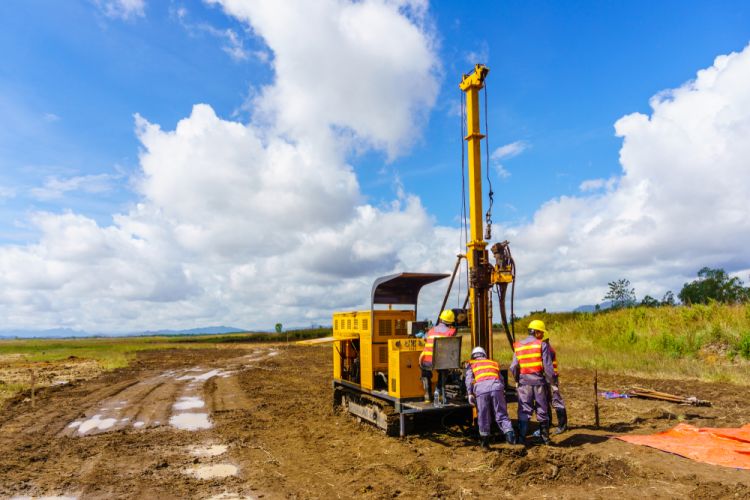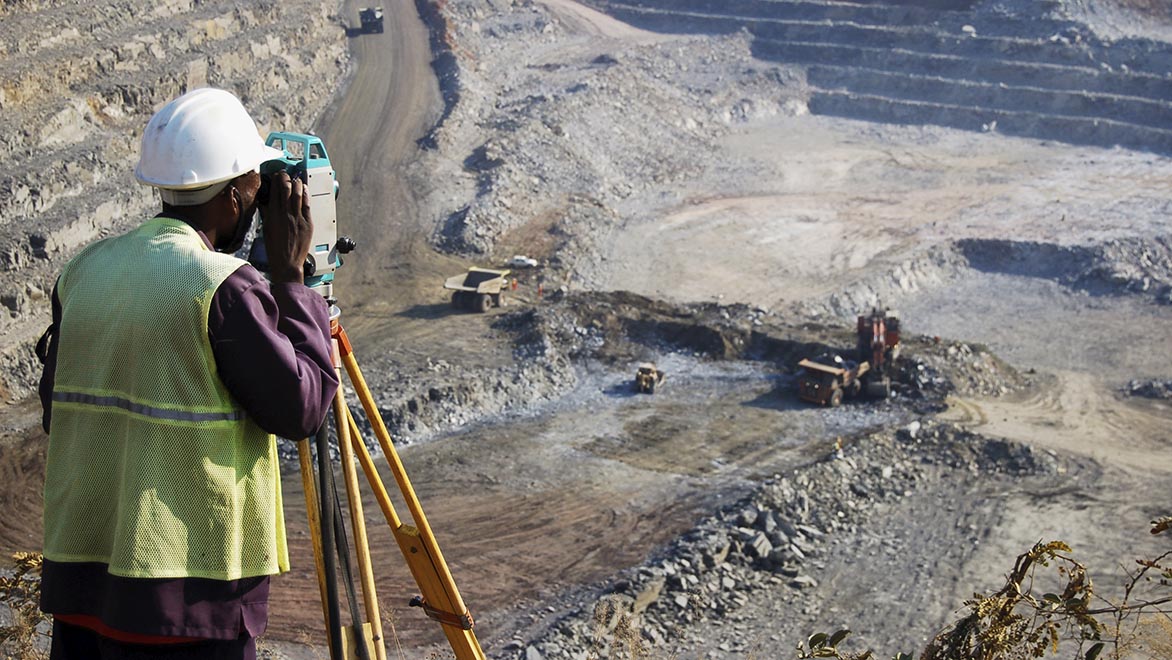A Biased View of Geotechnical Engineering For Construction Projects
A Biased View of Geotechnical Engineering For Construction Projects
Blog Article
How Geotechnical Engineering For Construction Projects can Save You Time, Stress, and Money.
Table of ContentsThe Only Guide for Geotechnical Engineering For Construction ProjectsGet This Report on Geotechnical Engineering For Construction ProjectsFacts About Geotechnical Engineering For Construction Projects RevealedThe Basic Principles Of Geotechnical Engineering For Construction Projects Fascination About Geotechnical Engineering For Construction ProjectsMore About Geotechnical Engineering For Construction Projects
These functions need to be taken a look at by geotechnical designers to forecast their activities under various scenarios., making this evaluation needed.A geotechnical designer will analyze dirt to figure out the bearing capability of the planet and suggest appropriate structure types, such as superficial foundations, deep structures like stacks, or specialized options like drifting structures for soft dirts. Comprehending the features and activities of dirt and rock, in enhancement to exactly how they engage with buildings that have actually been put up on or within them, is just one of the primary explanations for why geotechnical design is necessary.
Ecological security is completed through geotechnical design. Proficiency in air, water, and dirt quality maintenance is placed to utilize by geotechnical engineers to lessen the unfavorable results of jobs.
To sum up, geotechnical design is a vital technique that maintains the durability and integrity of civil infrastructure. Geotechnical engineers contribute to making structure jobs effective all over the globe by recognizing the behaviour of planet materials and applying ideal preparation methods.
Some Of Geotechnical Engineering For Construction Projects
By checking out soil, rock, and subsurface conditions, geotechnical engineers offer necessary understandings that help in the design, building, and maintenance of buildings and facilities.

More About Geotechnical Engineering For Construction Projects
Research laboratory screening: Figuring out the residential properties of soil and rock. Area screening: Carrying out tests on-site to evaluate conditions. Analysis and layout: Making use of information to make structures, preserving walls, passages, and other structures. Several top-level building projects have efficiently used geotechnical design to guarantee their security and safety and security. :: The globe's highest building needed a deep understanding of the underlying geology.

As a leader in geotechnical design, BECC Inc. is dedicated click this link to providing cutting-edge and efficient remedies that meet the highest possible requirements of quality and security., a mechanical designer and rock hound.
The Definitive Guide for Geotechnical Engineering For Construction Projects
Terzaghi likewise created the framework for concepts of bearing capability of structures, and the concept for prediction of the rate of settlement of clay layers because of combination. Later on, Maurice Biot totally developed the three-dimensional click here for info dirt consolidation concept, expanding the one-dimensional model previously developed by Terzaghi to much more basic hypotheses and presenting the set of fundamental equations of Poroelasticity.
Geotechnical engineers explore and figure out the residential or commercial properties of subsurface problems and products. They additionally design equivalent earthworks and retaining structures, see here now passages, and framework structures, and might monitor and examine sites, which might better entail website tracking in addition to the risk assessment and mitigation of natural dangers - Geotechnical Engineering for Construction Projects. Geotechnical designers and engineering geologists perform geotechnical examinations to acquire information on the physical buildings of dirt and rock underlying and beside a website to create earthworks and foundations for recommended structures and for the repair work of distress to earthworks and frameworks triggered by subsurface problems.
The 5-Minute Rule for Geotechnical Engineering For Construction Projects
, which makes use of a thick-walled split spoon sampler, is the most usual method to gather disturbed examples.

Usually, the user interface's precise geometry is unidentified, and a streamlined user interface geometry is presumed. Finite inclines require three-dimensional designs to be evaluated, so most slopes are analyzed thinking that they are definitely broad and can be stood for by two-dimensional models.
Geotechnical Engineering For Construction Projects for Dummies
The empirical technique may be called adheres to: General exploration sufficient to develop the rough nature, pattern, and residential properties of down payments. Analysis of one of the most probable conditions and the most undesirable possible deviations. Producing the layout based on a functioning theory of actions prepared for under the most potential problems. Selection of quantities to be observed as building and construction proceeds and computing their expected values based on the working hypothesis under the most unfavorable problems.
Measurement of amounts and examination of real conditions. It is improper for projects whose design can not be altered throughout construction.
Report this page